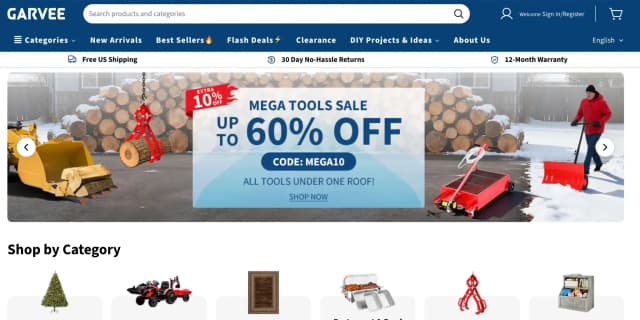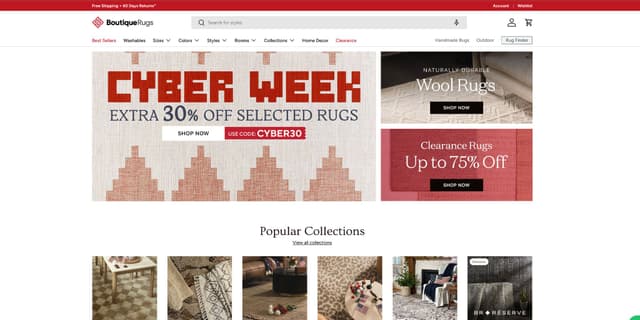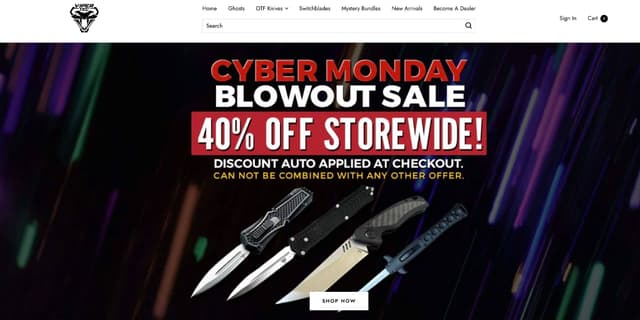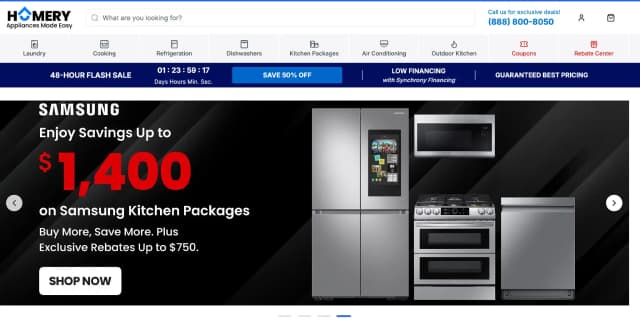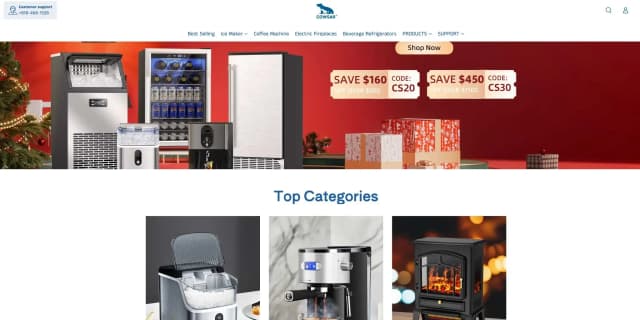Our Top Recommendations
-
Best Blender Overall: Breville Fresh and Furious Blender
-
Best Budget Blender: KitchenAid K150 Blender
-
Best Personal Blender: nutribullet Pro Personal Blender
-
Best Blender for Beginners: Oster Extreme Mix Blender
-
Best Professional Blender: Vitamix 5200 Professional-Grade Blender
-
Best Immersion Blender: All-Clad Stainless Steel Immersion Blender
-
Best Quiet Blender: Breville Super Q Commercial-Grade Blender
-
Best Portable Blender: Ninja Blast Portable Blender
-
Best Large-Capacity Blender: Blendtec Professional 800 Blender
-
Best Blender for Smoothies: Ninja TWISTi Blender
How to Choose the Right Blender
The right blender should be the perfect size for your household and fulfill your needs, whether you're blending smoothies, preparing sauces, or creating homemade nut butter. Use these guidelines to find the blender that suits you best.
Size Capacity
Blender capacity refers to how much material a blender can hold, typically measured in ounces (or oz.). This metric only applies to blenders with enclosed jars, not hand immersion blenders. Consider these blender sizes below:
-
Mini (Under 20 oz.): These blenders, also seen as personal or portable blenders, can satisfy the needs of one person.
-
Small (20–35 oz.): Small blenders are typically personal, portable, or small countertop blenders and can fit the needs of two people.
-
Medium (36–50 oz.): These are countertop blenders that can handle blending for up to four people.
-
Large (51–65 oz.): Large blenders have enough space to serve up to six people.
-
Extra-Large (over 66 oz.): These oversized models work best for large families or entertaining guests since they can feed up to eight people.
Please note: Never fill a blender all the way to the top! For best performance, leave an extra space under the maximum fill line, ideally keep below three-quarters full. If you're worried about fitting your ingredients, go up a blender size.
Types of Blenders
1. Countertop Blenders
Countertop blenders are used for mixing drinks, pureeing fresh foods, and chopping ice. They typically include a jar and lid, blade assembly, and a base with control buttons or dials. Jars are often made from glass, plastic, or stainless steel.
Some blenders have removable blades for easier cleaning. Many models may also come with a tamper or stirring stick to help push food down to the blades.
They are great for smoothies, milkshakes, salad dressings, and marinades.
High-speed blenders are powerful countertop blenders designed to handle tough ingredients and deliver smoother blends.
They consist of durable plastic jars and stronger blade systems. This blade design is necessary to crush frozen food and ice, and make thick recipes like almond butter and hummus.
They also work well for whole juices, batters, baby food, ice cream, soups, and more.
3. Personal Blenders
A personal blender is a mini blender meant for single servings of smoothies, dressings or sauces. They usually blend directly into a cup you can drink from, often with lids for portability. Many models come with multiple cup sizes.
These blenders are fast, easy to clean, and great for small spaces. However, you may need to chop ingredients smaller for smooth blending.
4. Portable Blenders
Portable blenders are similar to personal blenders in design but battery-powered, perfect for making drinks on the go, at the office, gym… The lid conveniently doubles as a drinking cap.
5. Hand Immersion Blenders
Also known as stick blenders, these models have blades on one end and can be placed directly into pots or bowls to blend. Many come with attachments like whisks, and some are cordless for extra flexibility.
Immersion blenders are great for soups, sauces, and even smoothies. They’re super easy to clean and handy for quick tasks.
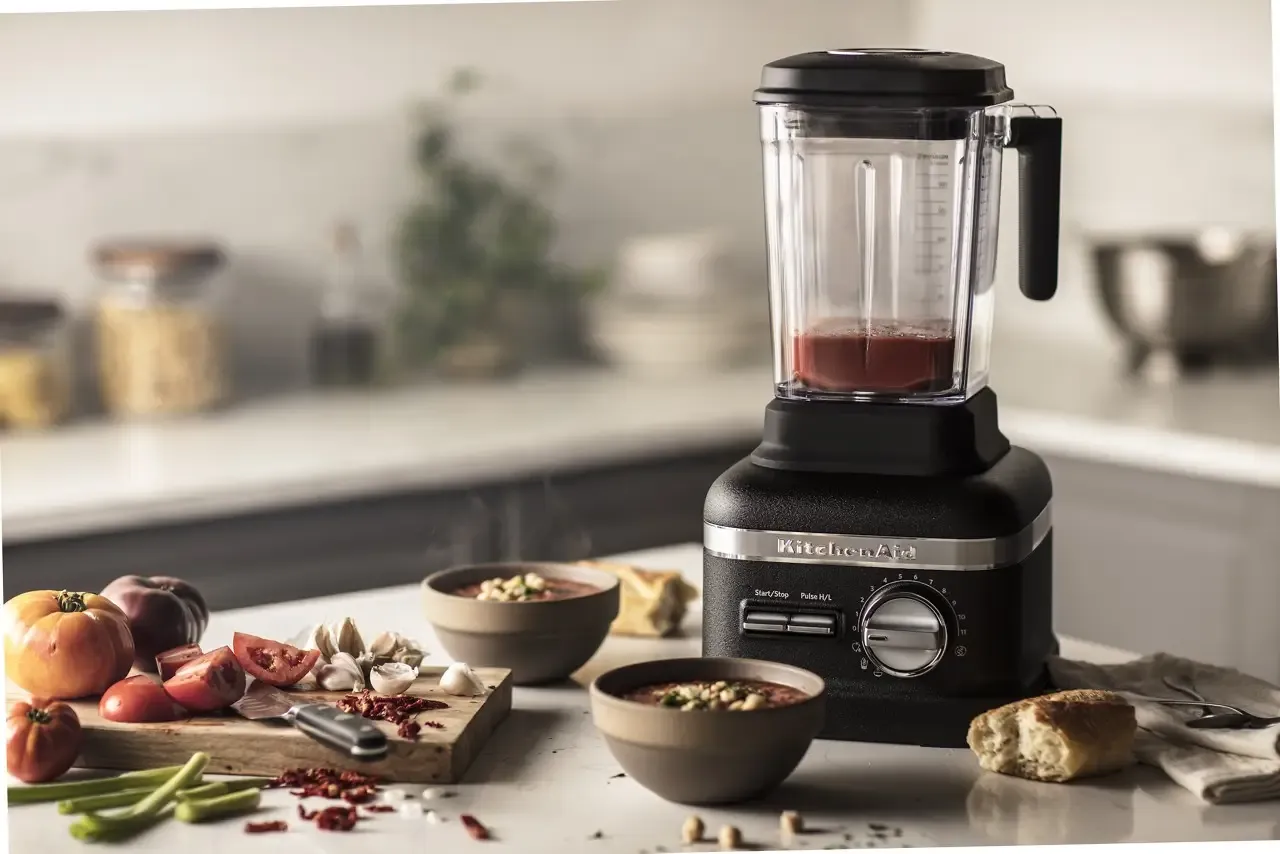
Wattage
Motor wattage measures how strong and efficient a blender's motor is. The higher the wattage, the more powerful and effective the performance.
- Standard Power (Up to 500 watts)
- High Power (500–1000 watts)
- Professional Power (1000+ watts)
Additional Features
Once you have an idea of the capacity, blender design, and wattage you want, you can start looking into extra features that can make blending easier and more versatile. They are:
- Smoothie: Blenders made for smoothies ensure smooth, consistent blends.
- Hot Soup or Drink: Some blenders handle hot soup and drinks safely with heat-resistant glass.
- Peanut Butter Maker: Choose a powerful blender if you want to make peanut or almond butter.
- Pulse Function: Gives better control for chopping without overblending.
- Ice-Crushing: Not all blenders can crush ice. You should narrow your search by this specific feature.
- Self-Cleaning: Add soap and water so that these blenders can clean themselves.
- Multiple Attachments: Includes different sized blades, extra serving cups, whisk attachments, or even food processor jars to optimize your experience.
Why You Should Trust Us
Finding the right blender should be a clear, confidence-building process, no guesswork, no hype. At RetailCoupons.com, we explore the blender market, analyzing any details that our customers need to know.
Our assessments are free from outside influence and grounded in expert analysis, ensuring that every blender we feature has genuinely earned its spot.
You can trust our recommendations to help you confidently choose a blender that blend seamlessly into your lifestyle, whether you're making daily smoothies or tackling ambitious culinary projects.
Final Thoughts
With the right blender, it’s the time to widen your creativity. Let us open the door to new possibilities for passionate makers through our top-tier countertop and immersion blenders.
Each blender featured in this guide is designed with quality engineering and reliable performance so that they could satisfy your any requirements. Whichever blender you choose, exploring new tastes and textures as well as whipping up your favorite blends has never been easier.
Among all our picks, the Breville Fresh and Furious shines for its compact, sleek design and multiple smart features. For those who pursue professional-grade power, the Vitamix 5200 will deliver excellent performance.
FAQs
1. Can a blender replace the food processor?
Depends on what recipes you make most. High-power countertop blenders can puree, chop, and blend many foods, but may struggle with thick doughs or precise slicing, which traditional food processors handle better.
2. Are glass blender jars better than plastic?
Maybe yes. Glass jars tend to resist scratches and retain clarity, but are heavier and can break if dropped. High-end blenders use durable, BPA-plastic (often Tritan) for lighter weight and shatter-resistance.
3. Can all blenders make hot soup?
No. Not every model is designed for hot liquids. You can check manufacturer specs. Don’t try making hot soup in a basic or personal blender unless marked safe.
4. Are expensive blenders really worth the price?
Generally yes. Premium blenders like Vitamix or Blendtec offer stronger motors, better blending consistency, and more versatility for hot soups, nut butters, and frozen treats. However, quality budget options exist for basic needs.
5. How do I clean my blender quickly and safely?
Many blenders have a self-cleaning function: add warm water and a drop of dish soap, blend on high, then rinse. For deeper cleans, look for dishwasher-safe parts or jars with removable blades.













